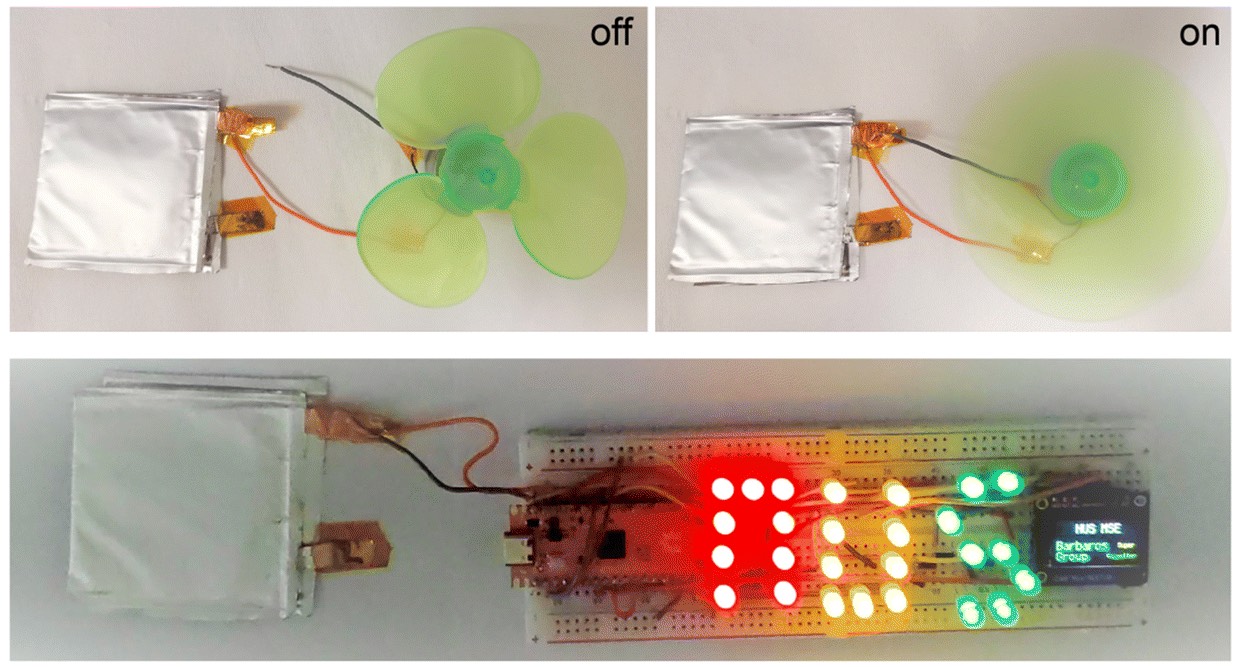Xiong Ting and Deqiang’s Paper has been accepted and published on Journal of Materials Chemistry A!
Graphene and positively polarized P(VDF-TrFE) assist in controlling Zn nucleation and growth on Cu substrate, enabling a high-performance zinc metal-free zinc-ion batteries.
Aqueous zinc-ion batteries have attracted extensive attention due to its use of aqueous electrolyte, high theoretical Zn capacity, high energy density, abundant resources, and easy material handling. And zinc metal-free zinc-ion batteries hold promise for achieving higher energy densities by eliminating the need for dense zinc foil as the anode. However, the direct use of substrates like copper foil in these batteries results in poor cyclic stability due to dendrite growth. In order to prevent dendrite formation, delving into the nucleation sites and growth dynamics of Zn can yield valuable insights. The initial nucleation of Zn can be controlled through substrates that offer a minimal lattice mismatch with Zn. Furthermore, the growth process influenced by the flux of Zn²⁺ and its deposition can be influenced by the electric field originating from the surface. Thus, tailoring the surface characteristics of the substrate for zinc metal-free Zn-ion batteries should address the challenges posed by dendrite growth.
Herein, we proposed a strategy to guide the nucleation sites and growth dynamics of Zn by introducing Graphene and positively polarized (poly(vinylidene fluoride-trifluoroethylene) (P(VDF-TrFE))) on the copper substrate. The graphene coating guides the initial nucleation of Zn to form hexagonal plate. Then, the positively polarized P(VDF-TrFE) enable the growth along the hexagonal plate to regular crystalline plate. As expected, for the half-cell, a significant improvement in the cell cycle life up to 3000 cycles at a high current density of 10 mA cm-2 with a capacity of 1 mAh cm-2 was achieved, which is to our knowledge one of the longest lifespan ever reported for Zinc ion battery.

Combined with the Zn-inserted MnO2 cathode, the full cell is constructed, which showed good cycling stability (83% after 500 cycles) and high energy density of 378 Wh Kg-1 at 0.5 mA cm-2, higher than the traditional Zn ion battery using Zn anode (136 Wh Kg-1). As a demonstration, the pouch cell was prepared, which can successfully power the electric fan and LED lights, demonstrating its promising applications as high-performance zinc metal-free Zn ion battery.

